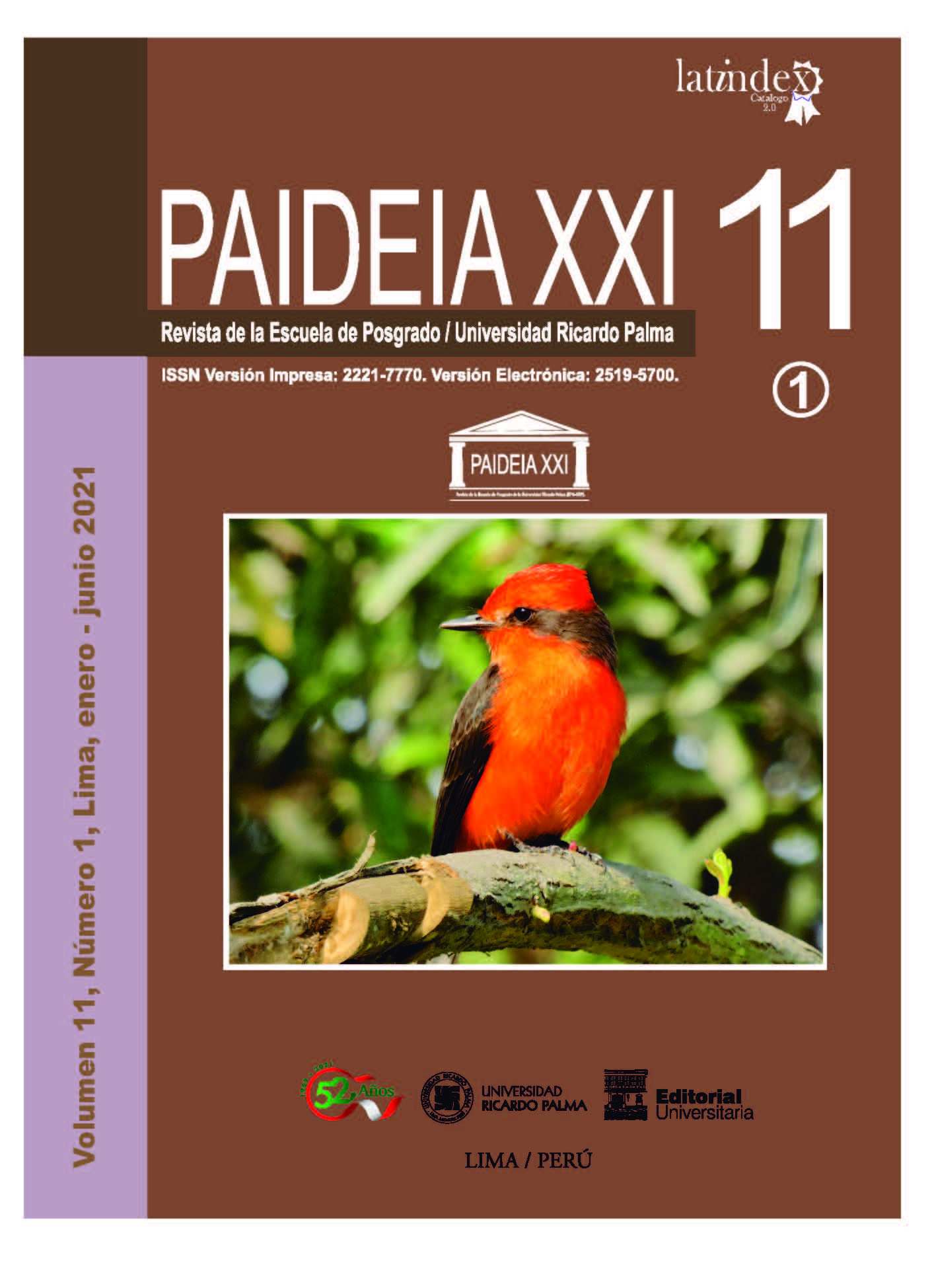EFFECTS OF CONCENTRATION AND TEMPERATURE ON THE THERMOPHYSICAL PROPERTIES OF APPLE JUICE
DOI:
https://doi.org/10.31381/paideia.v11i1.3791Abstract
The effects of concentration and temperature on the thermo-physical properties of apple juice were studied, in which density and viscosity were measured at different temperature and concentration conditions, varying from 20°C to 80°C and from 12 to 70° Brix, respectively. Density was determined by the pycnometer method and viscosity by Hooke's falling sphere method, based on Stokes' law. The density results were correlated several times, arriving, by the least squares method, at a multiple linear regression model, of three terms; while the viscosity results proved to be more difficult to correlate, which, by the least squares method, arrived at a multiple linear regression model, of six terms. The experimental mathematical models can be used to obtain the density and viscosity data within the temperature and concentration conditions indicated in the study.
Key words: density – fluidity – buoyancy and friction forces – fluid flow – form and flow resistances – viscosity












